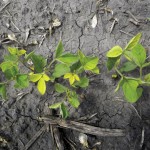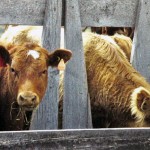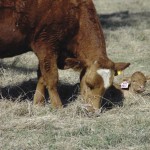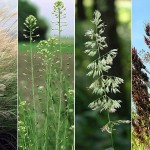
Two good reasons for pre-harvest herbicide
Pre-harvest application can give you better weed control and simplify harvest. But know the residue rules

Linear measuring points to better grass-fed genetics
A Manitoba grass-fed beef producer uses a set of homemade calipers to select the best cattle

The right amount of nitrogen for soybeans
Between hearing of U.S. farmers adding extra nitrogen, and warnings about choosing fields with low nitrogen for soybeans, it’s easy to get confused

Researchers looking for greenhouse gas answers on the farm
Private crop insurance
Saskatchewan-based Global Ag Risk Solutions is offering Prairie farmers a private option to insure their production costs

Animal welfare remains beef industry priority

Do-it-yourself tile drainage
Combine easy-to-use GPS technology with high land prices, and more Manitoba farmers are installing their own tile draining

Next generation biofuels
In this second part of a two-part series on biofuels, Anglela Lovell considers next generation biofuels and the future of biofuels
New crops and climates drive crop insurance changes
Soybean coverage is expanded in Manitoba and Saskatchewan, Alberta adds more weather stations to monitor corn heat units and Manitoba curbs winter wheat re-seeding benefits
Understanding biofuels
In the first of a two-part series, Angela Lovell cuts through the biofuel business confusion


